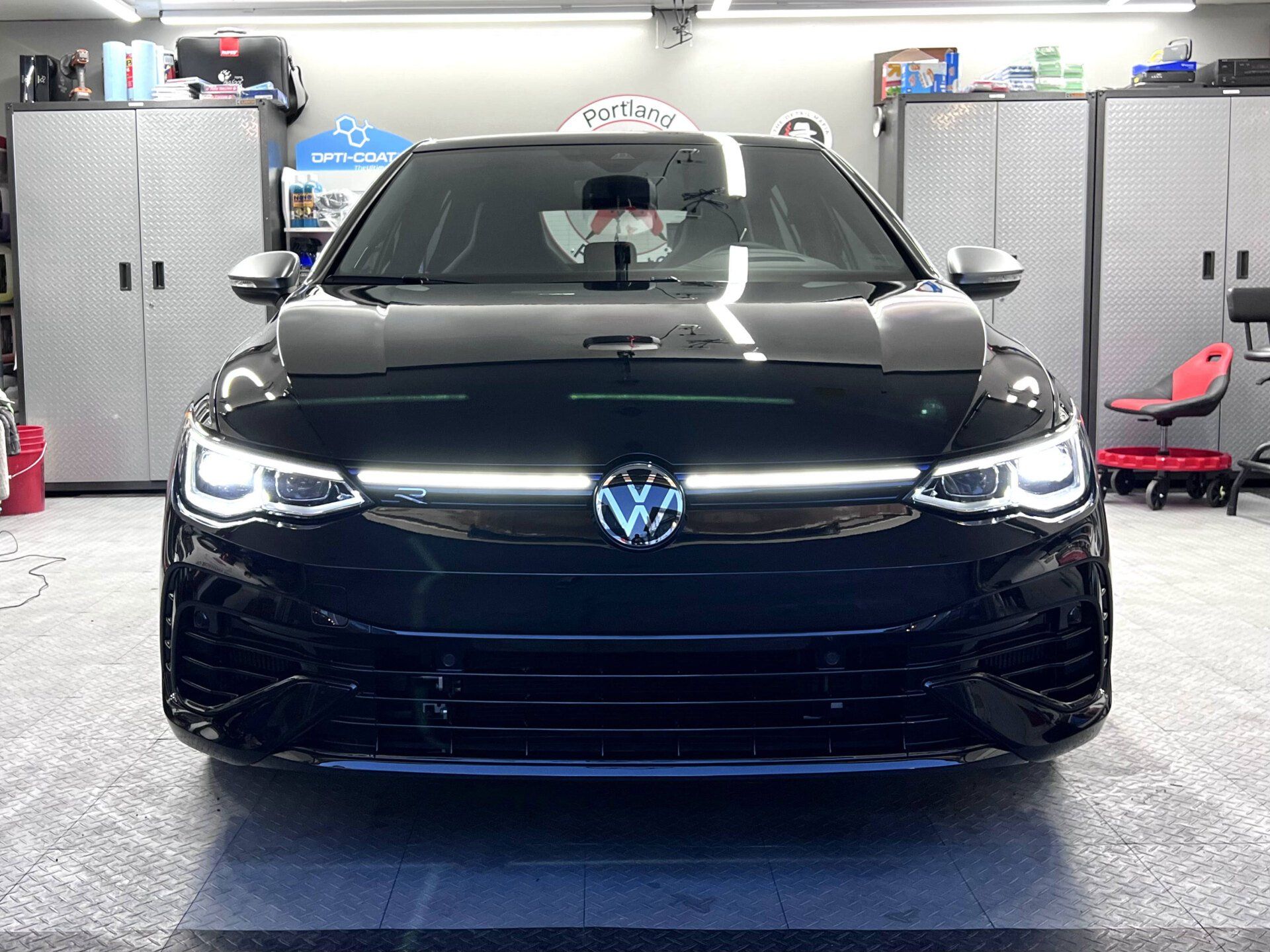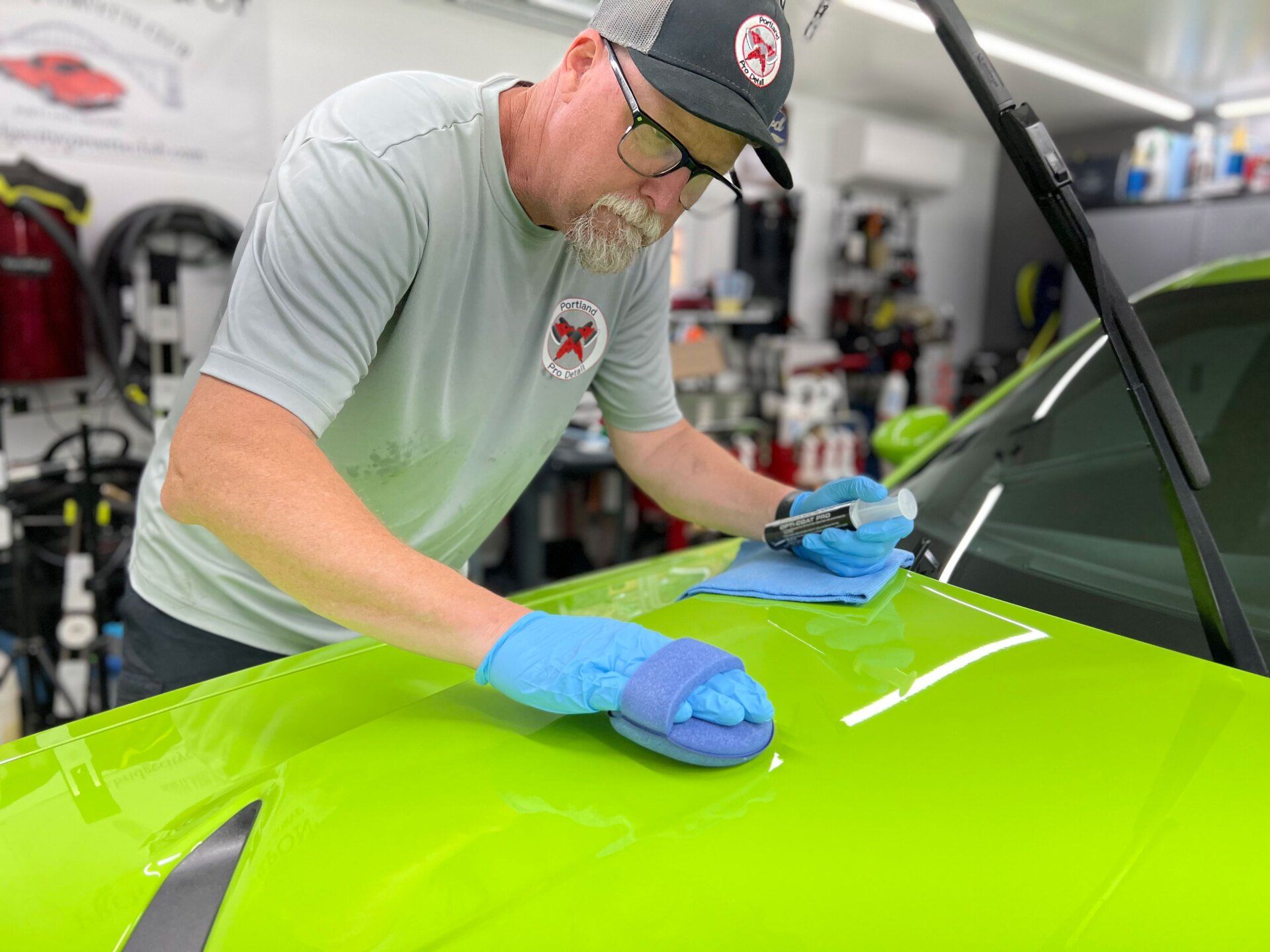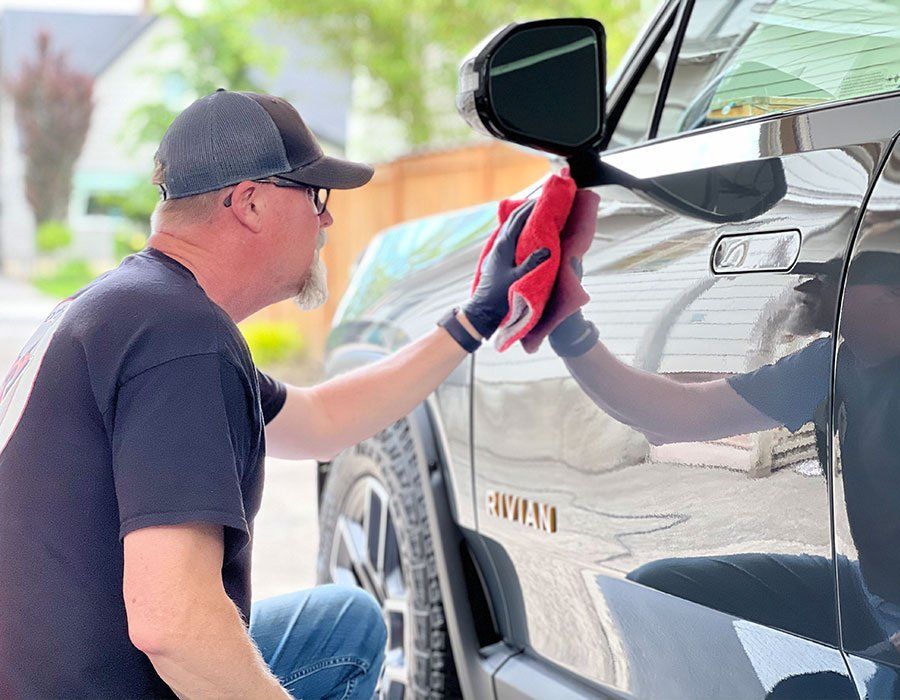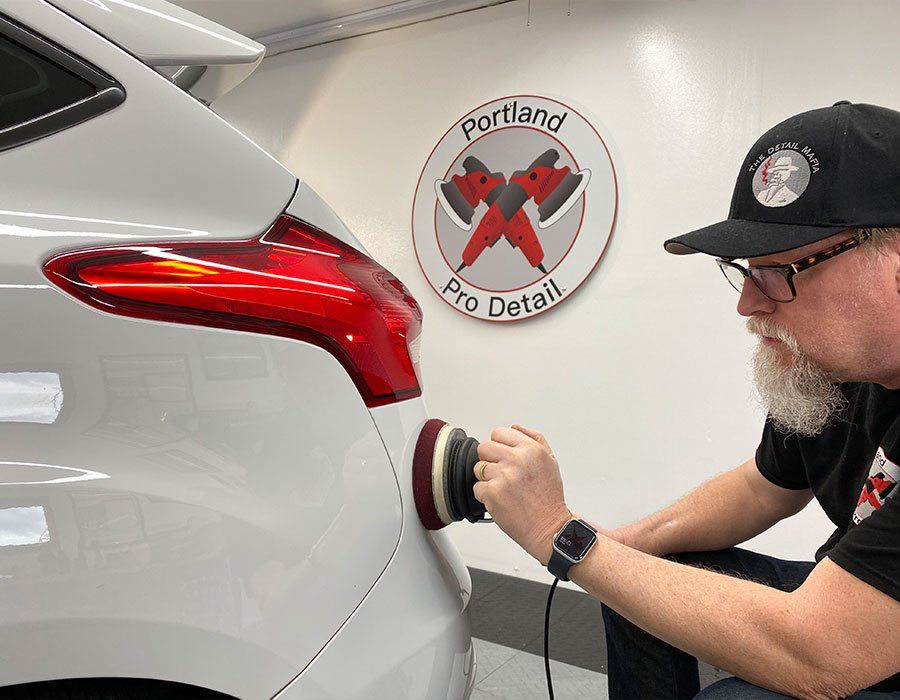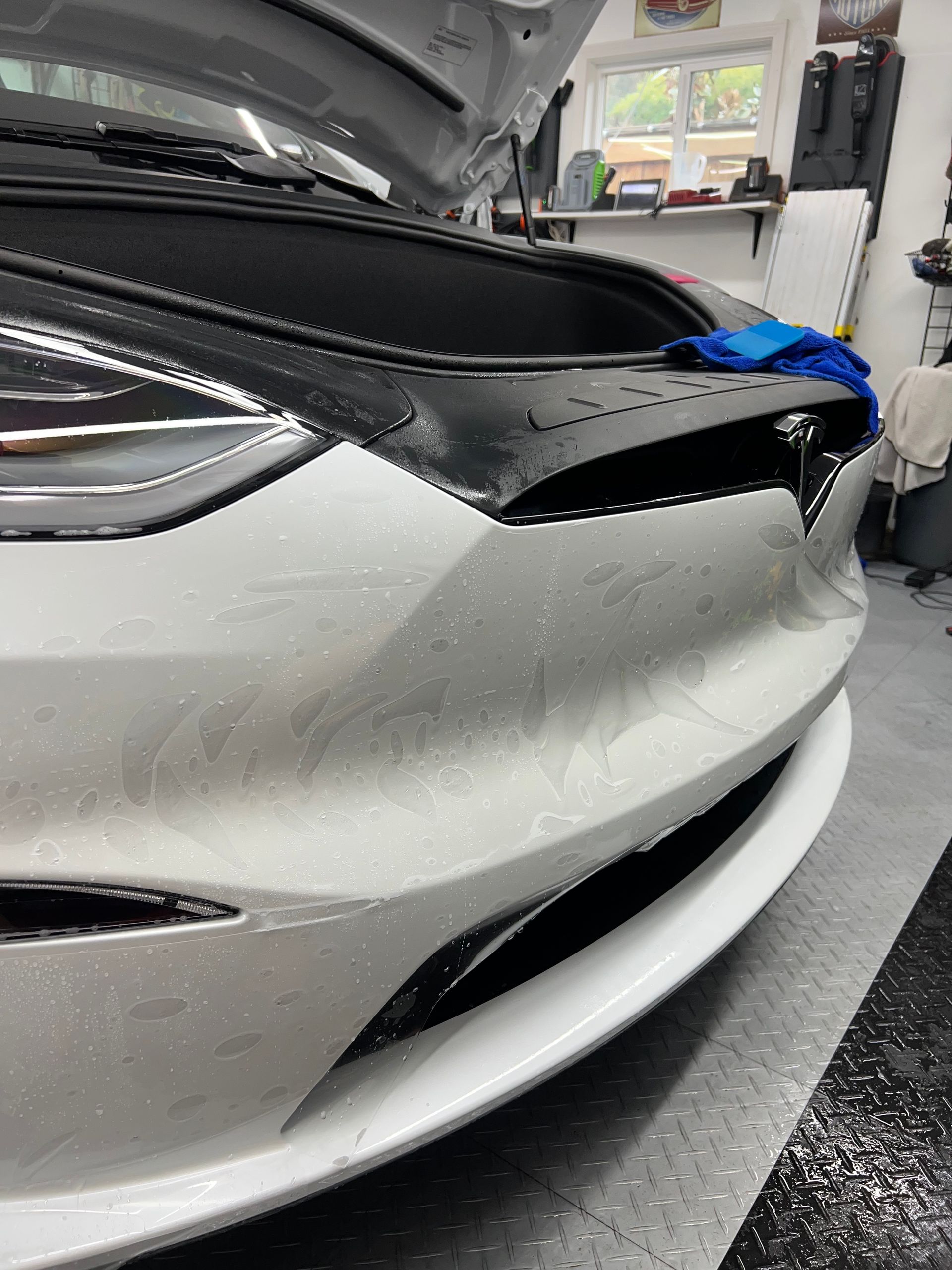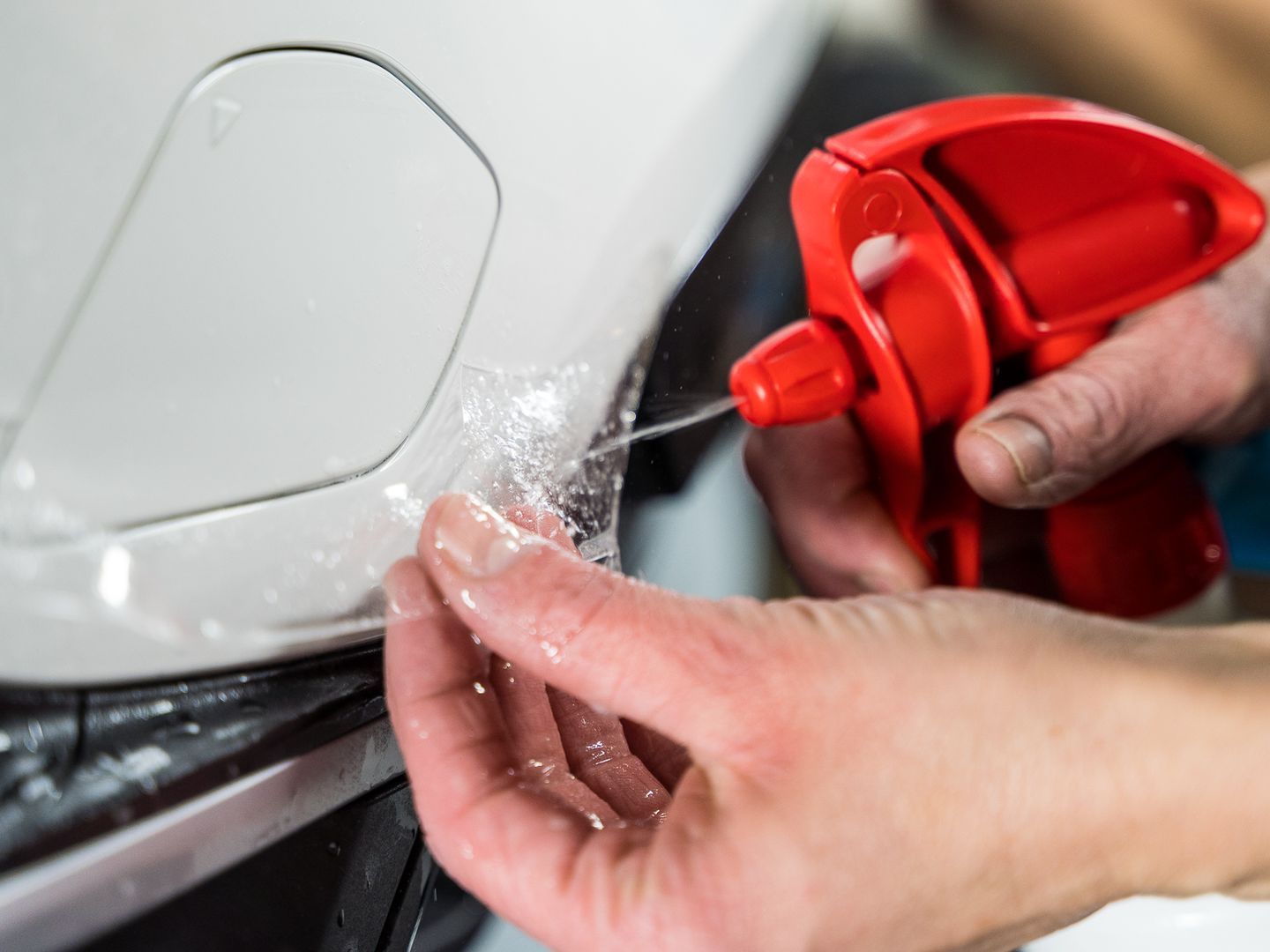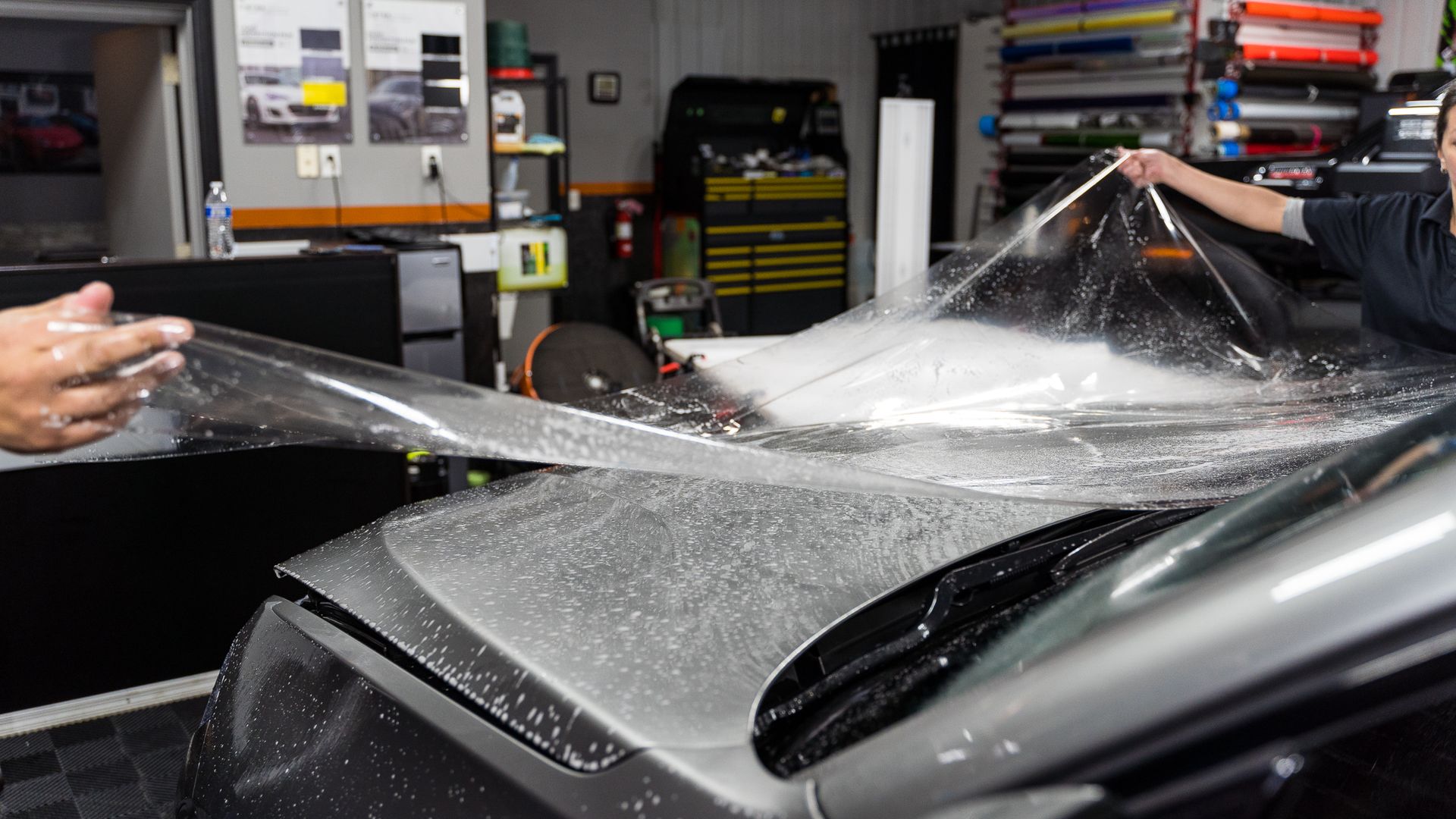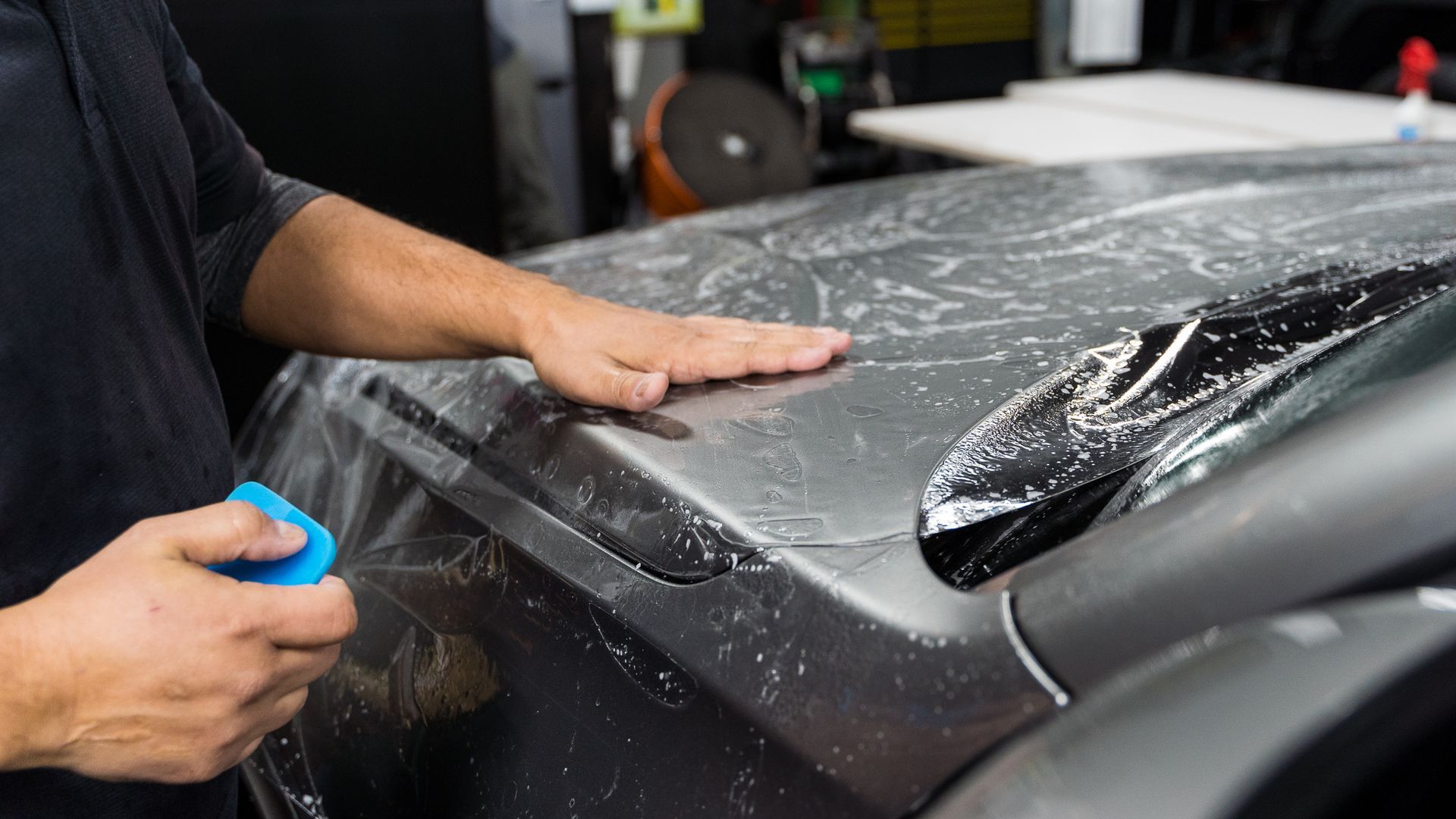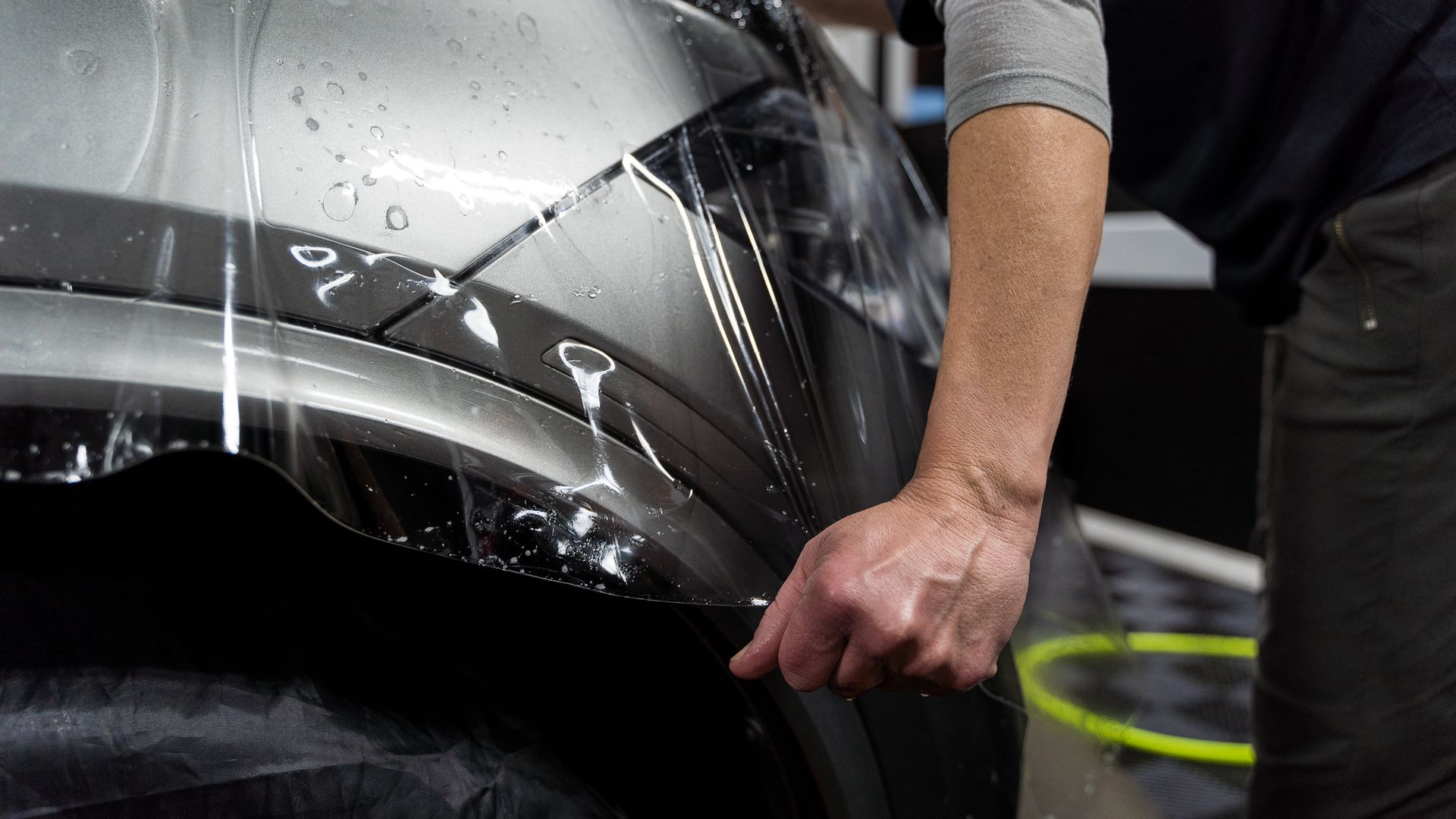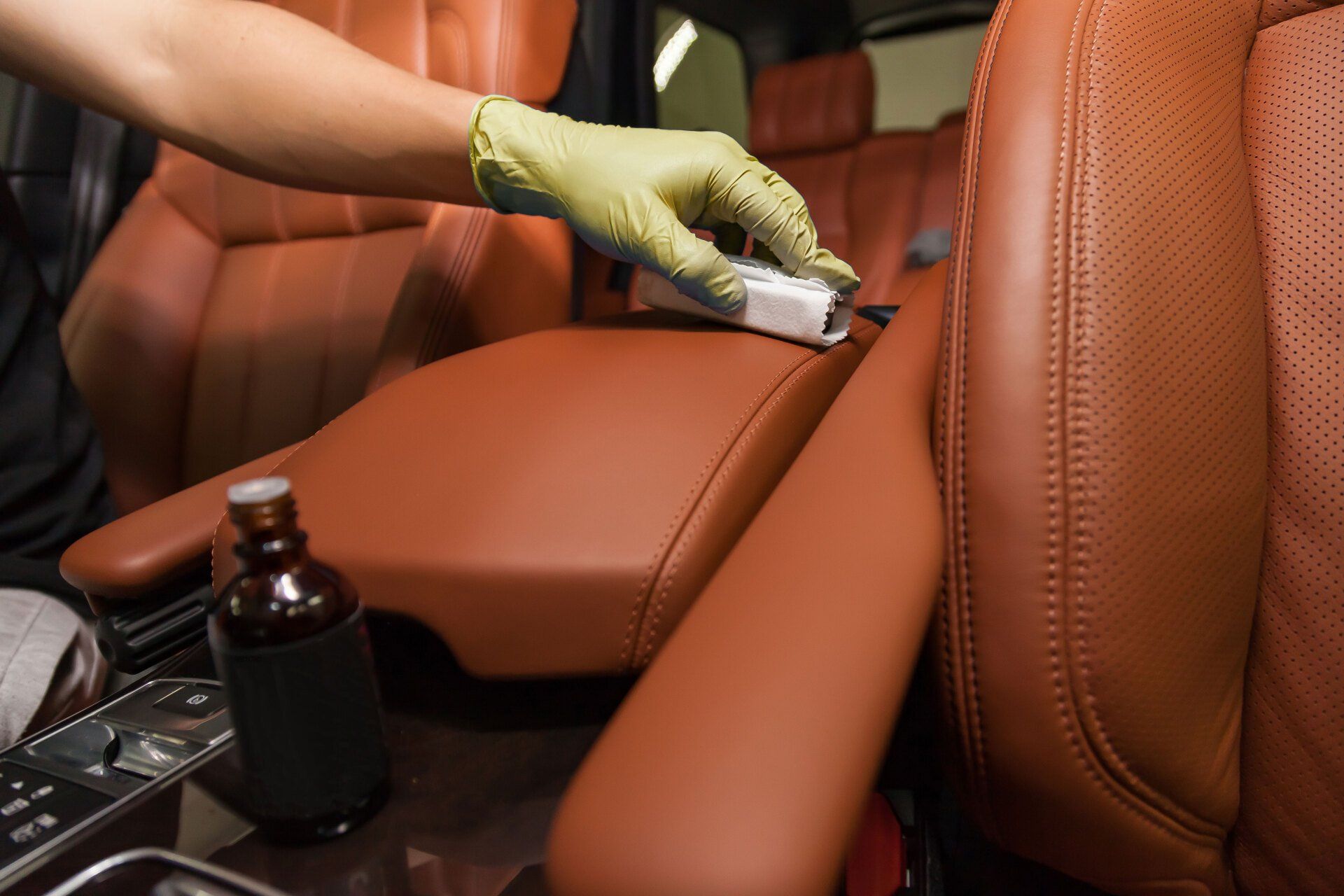Finding the Best Type of PPF for Your Car: Benefits and Options Explained
CALL (503) 444-7415
When you invest in a car, you want to keep it looking great for as long as possible. That’s where paint protection film (PPF) comes into play. PPF acts like a shield, protecting your vehicle's paint from scratches, dirt, and UV damage. But not all films are created equal, and with so many options out there, choosing the right one can feel overwhelming.
The best type of paint protection film for your car will depend on your specific needs and preferences. Factors such as durability, gloss, self-healing properties, and warranty coverage should be considered when making your choice. Consulting with a professional installer can help you find the ideal solution tailored to your vehicle and lifestyle.
Factors for Choosing the Right PPF
Selecting the perfect paint protection film involves more than picking a brand or finish—it requires evaluating factors that impact durability and visual appeal. Here’s a breakdown of the key considerations:
- Vehicle Usage: How you use your vehicle plays a significant role in choosing the right paint protection film. For city drivers, a thinner film may suffice due to fewer road hazards, while off-road enthusiasts or SUV owners often prefer thicker films for enhanced protection against rugged terrain.
- Climate Considerations: The environment in which you drive should guide your choice of PPF. UV-resistant films are ideal for sunny climates, protecting paint from fading, while hydrophobic PPFs are excellent for rainy or snowy regions, repelling water and grime to reduce maintenance efforts.
- Aesthetic Options: Paint protection films come in various finishes, such as glossy or matte, to enhance or customize your car’s appearance. Some options even include ceramic layers that add durability and maintain clarity, giving your vehicle a sleek, polished look over time.
- Warranty Coverage: Warranty length can be a decisive factor, with some PPFs offering up to 10 years of protection against wear and tear. A longer warranty often reflects higher confidence in the film’s quality and performance, providing peace of mind for your investment.
By considering your vehicle’s usage, climate, aesthetic preferences, and warranty options, you can choose a paint protection film that delivers the perfect balance of protection and style tailored to your needs.
Key Features to Consider
When you're on the hunt for the ideal paint protection film (PPF) for your vehicle, a few standout features can significantly enhance your experience and protect your investment. Each aspect plays a crucial role in ensuring that the film not only looks great but also holds up against daily wear and tear. It’s about more than just aesthetics; it’s about how these features will interact with your car over time.
- Self-Healing Properties: One of the most remarkable advancements in PPF technology is self-healing properties. Self-healing paint protection films are designed to automatically repair minor scratches and swirl marks when exposed to heat or sunlight. This means that if you accidentally brush against a branch or a shopping cart, those imperfections will fade away without any intervention. For automotive enthusiasts who cherish their vehicles, this feature prolongs the life of the film while helping maintain that fresh-from-the-showroom look.
- Thickness: Another critical factor to consider is thickness. Most traditional paint protection films range between 6 and 10 mils thick. Thicker films provide better protection against impacts and abrasions since they have more material to absorb shocks. However, this increased durability might come at a cost—installation can be more challenging. Conversely, thinner films are often easier to manipulate around the curves and contours of the vehicle but may sacrifice some resistance to damage.
- UV Resistance: Finally, UV resistance is another crucial element you cannot overlook. A quality paint protection film will protect your car’s paint from harmful ultraviolet rays that can cause fading or yellowing over time. This feature becomes especially important if you live in areas with high sun exposure. With robust UV protection, you can enjoy peace of mind knowing that your vehicle's vibrant colors will remain intact.
Investing in PPF with these core features will enhance its protective capabilities while elevating your overall ownership experience. These specifications contribute directly to keeping your ride looking as good as new through years of driving companionship.
Different PPF Finishes: Gloss and Matte
Gloss Finish
Choosing a gloss finish for your paint protection film is like giving your car a shimmering coat that enhances and amplifies its original paint color. This reflective surface provides a sleek, polished appearance and brings out the vibrancy in your vehicle's hue, making it visually striking. The sheen created by gloss finishes can make colors appear deeper and more saturated, drawing attention wherever you go. If your vehicle boasts bold colors—think bright reds or deep blues—a gloss finish might be precisely what you need to make those shades pop. Moreover, this finish adds an extra layer of protection against scratches and chips from road debris. However, if you're looking for something with a different character entirely, let's explore what a matte finish has to offer.
Matte Finish
On the other side of the finish spectrum lies matte PPF, which provides a unique, non-reflective look that appeals to many luxury and performance car enthusiasts. When you choose a matte finish, you're opting for subtle sophistication that can transform even the most common vehicle into something extraordinary. It’s not just about aesthetics; a matte finish communicates an air of exclusivity and boldness. Unlike gloss finishes, which are known for their shine, matte surfaces intentionally have lower luster, resulting in a refined appearance rather than flashy brilliance.
When making decisions about finishes, it’s also wise to think about maintenance and care. The choice between glossy and matte finishes impacts not only visual aesthetics but also ongoing upkeep. Glossy surfaces generally require basic washing and waxing to maintain their shine. However, they are more susceptible to showing fingerprints or smudges compared to matte finishes, which may benefit from less frequent cleaning due to their subdued nature. Yet, maintaining a matte finish requires special cleaning products designed specifically for matte surfaces to prevent damaging their unique texture and appearance.
Installation and Cost
Deciding whether to opt for professional or DIY paint protection film installation depends on your goals, budget, and experience. Each approach offers unique benefits and challenges. Here's a breakdown to help you decide:
Professional Paint Protection Film Installation
- Expert Application: Professional installers ensure the paint protection film is applied flawlessly, without bubbles, creases, or misalignment. This precision enhances both the aesthetics and protective qualities of the film.
- Specialized Tools and Techniques: Professionals use advanced tools and prepare the vehicle by cleaning and addressing minor paint imperfections. This preparation ensures proper adhesion and maximizes the film's performance.
- Enhanced Features: High-quality PPF applied by professionals can include self-healing properties, where minor scratches disappear with heat exposure. While costs can be higher—especially for larger vehicles—the investment helps maintain resale value by preserving the paintwork.
DIY Paint Protection Film Installation
- Cost Savings: DIY paint protection film kits are more affordable than professional PPF services, making them a budget-friendly choice for car owners comfortable with hands-on projects.
- Challenges in Precision: Installing paint protection film requires patience and skill. Without prior experience, issues like bubbles, misalignment, or improper adhesion may occur, reducing the effectiveness of the protection.
- Learning Curve: To succeed, DIYers need to dedicate time to learning installation techniques through tutorials, forums, or instructional guides. While viable for skilled enthusiasts, DIY installation may fall short of professional results in durability and finish.
Professional installation guarantees long-lasting protection and a polished appearance, while DIY kits provide a cost-effective alternative for experienced individuals. Consider your priorities, experience, and vehicle needs to choose the best approach for your PPF installation.
Optimal PPF Coverage for Your Car
The extent of coverage for paint protection film should align with your personal preferences and driving habits. If you frequently navigate through grit-laden roads or often park in crowded areas where door dings are a risk, considering optimal coverage is essential.
Full Car Coverage
Full car coverage remains the gold standard when it comes to protection. This comprehensive approach ensures that areas like the hood, fenders, and bumpers are fully shielded against road debris, scratches, and fading from UV rays. While the initial investment may be higher, the long-term benefits often outweigh the costs. Think of it as an insurance policy for your car's aesthetics; it keeps your vehicle looking new while also preserving its resale value by minimizing potential damage that could lead to costly repairs down the line. Many drivers have reported that opting for full coverage saved them significantly in repainting costs—money better spent on enjoying the car rather than repairing it!
Partial Coverage
If full coverage feels beyond your budget or you believe your needs are less extensive, consider partial coverage instead. This targeted strategy allows you to focus resources on the most vulnerable parts of your vehicle. Some popular partial coverage options include:
- Hood and fender wrap: Protects high-impact zones where stone chips and grime commonly accumulate.
- Bumper and mirror protection: shields these areas from scrapes and impacts that can occur during parking or city driving.
- Door edges and handles: specifically designed to prevent dings from keys or other objects, maintaining both function and appearance.
By choosing partial coverage, you can achieve significant protection without breaking the bank. It’s about identifying your specific risks and addressing those intelligently. Knowing what areas are most susceptible to damage will guide your decision effectively, ensuring that you protect what matters most without investing more than necessary. Whether you go for full or partial paint protection film coverage, what's crucial is that you make an informed choice tailored to your driving habits and environment.
Defend Your Car's Paint with PPF in Portland, OR
Protect your car from everyday wear and tear with Portland Pro Detail's
premium paint protection film services. Our high-quality paint protection film acts as a shield against chips, scratches, and road debris, preserving your vehicle’s flawless finish for years. Whether you’re driving through city streets or rugged terrain, our durable coating ensures your car stays looking brand new. Ready to safeguard your vehicle’s paint and enhance its longevity? Contact us today at (503) 444-7415 to get started!
Portland Pro Detail Blog
